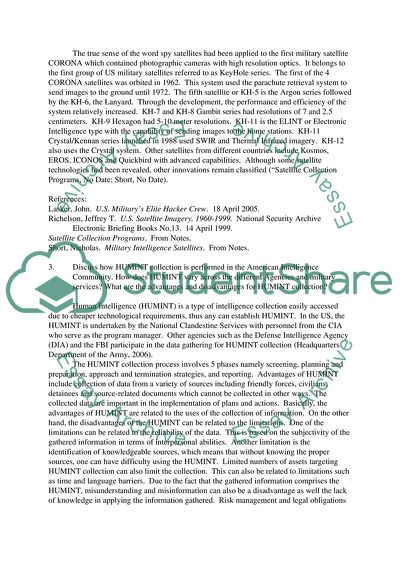Cite this document
(American Intelligence: the Laws and Rules Governing Intelligence Research Paper, n.d.)
American Intelligence: the Laws and Rules Governing Intelligence Research Paper. Retrieved from https://studentshare.org/history/1745119-intelligence-history
American Intelligence: the Laws and Rules Governing Intelligence Research Paper. Retrieved from https://studentshare.org/history/1745119-intelligence-history
(American Intelligence: The Laws and Rules Governing Intelligence Research Paper)
American Intelligence: The Laws and Rules Governing Intelligence Research Paper. https://studentshare.org/history/1745119-intelligence-history.
American Intelligence: The Laws and Rules Governing Intelligence Research Paper. https://studentshare.org/history/1745119-intelligence-history.
“American Intelligence: The Laws and Rules Governing Intelligence Research Paper”, n.d. https://studentshare.org/history/1745119-intelligence-history.


